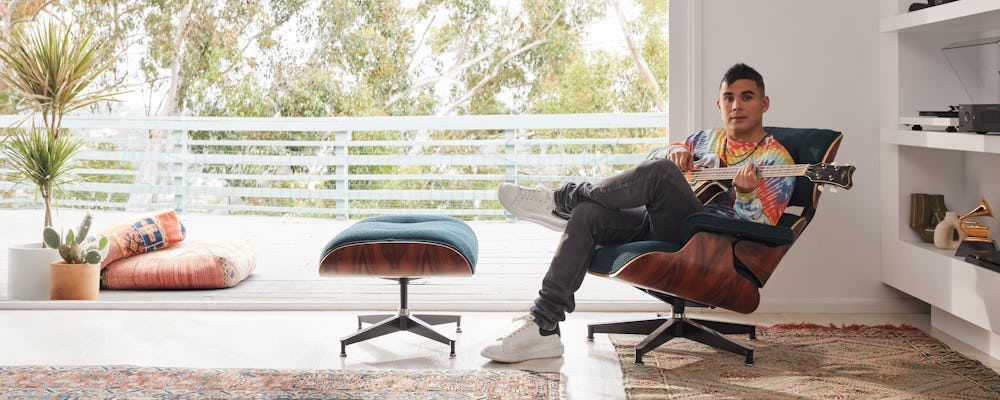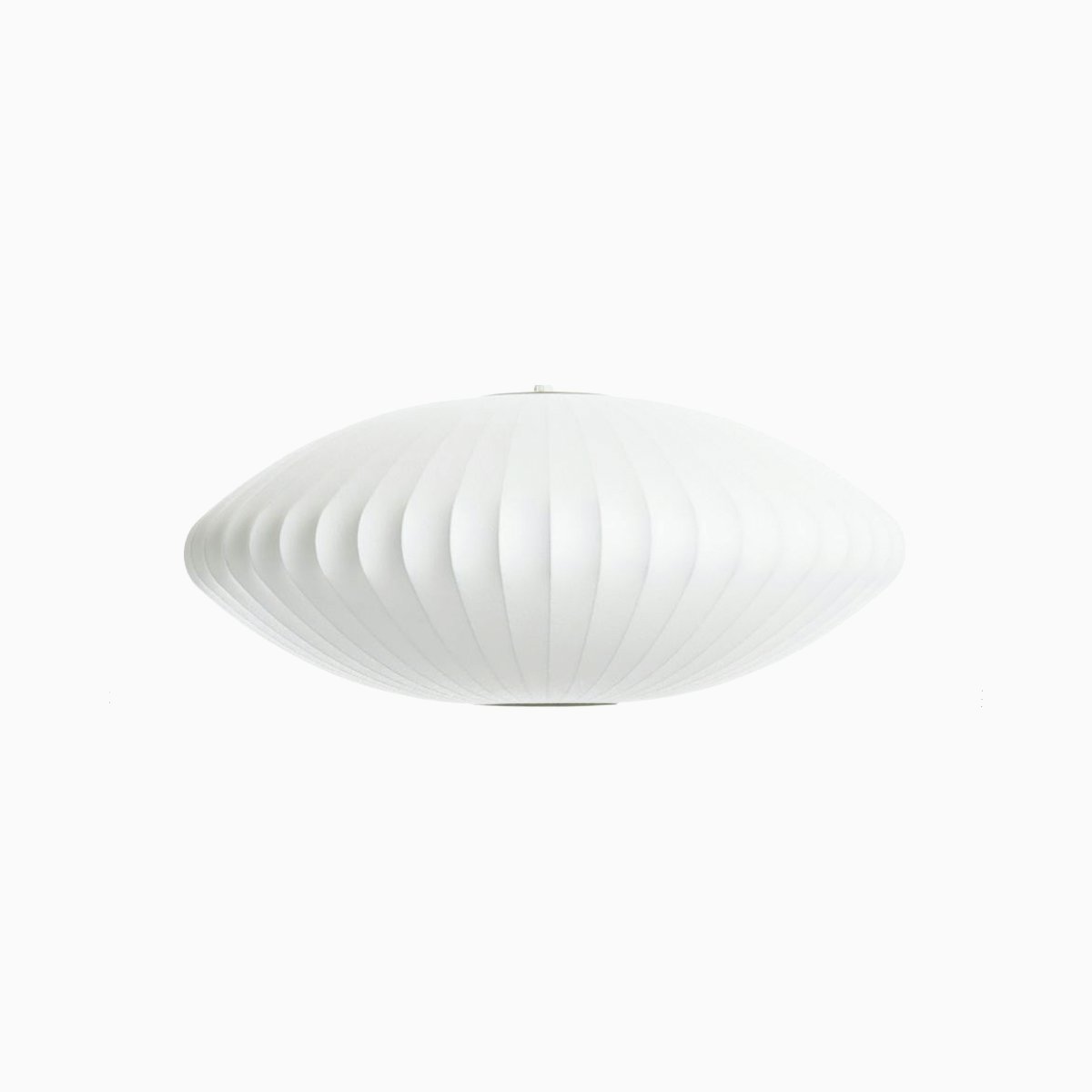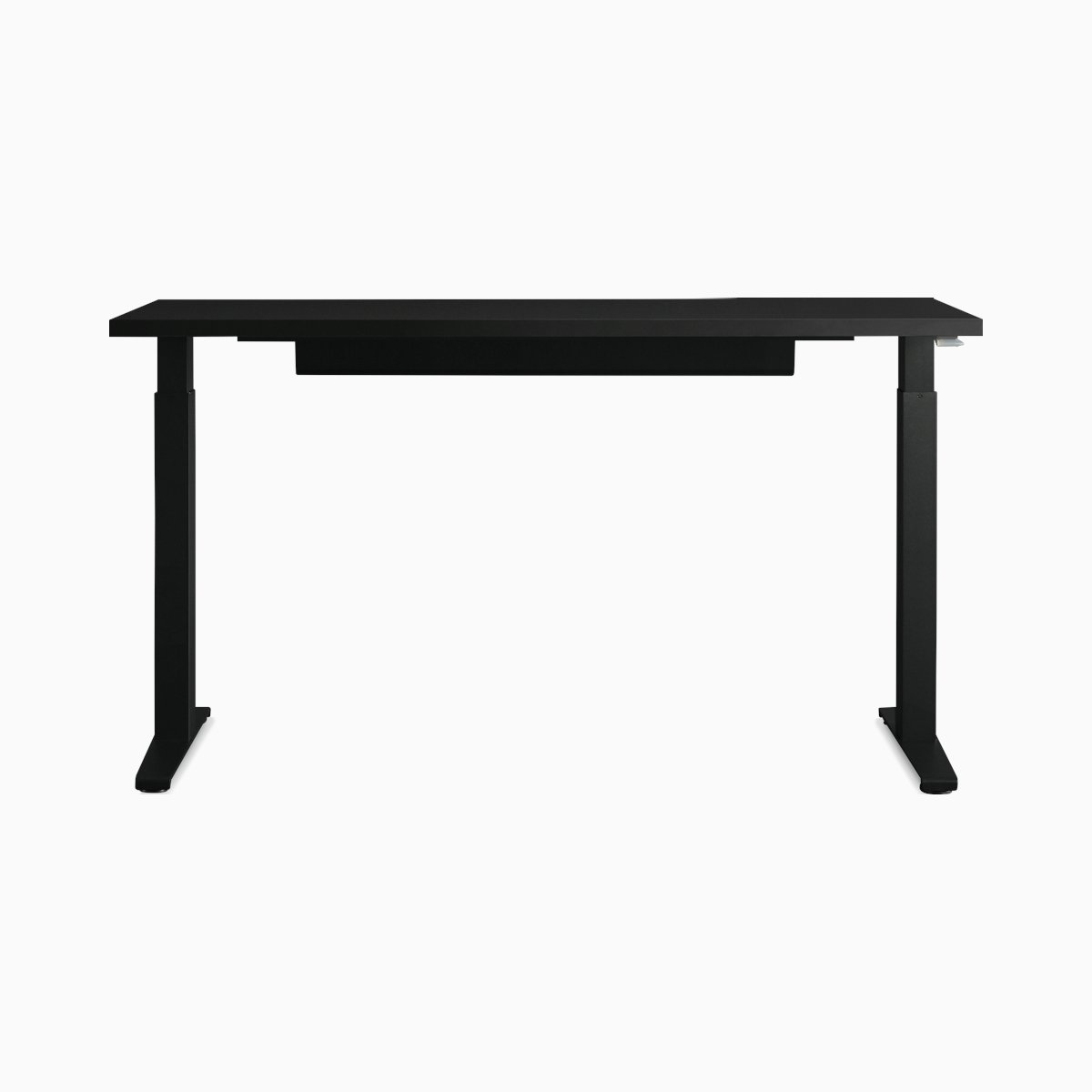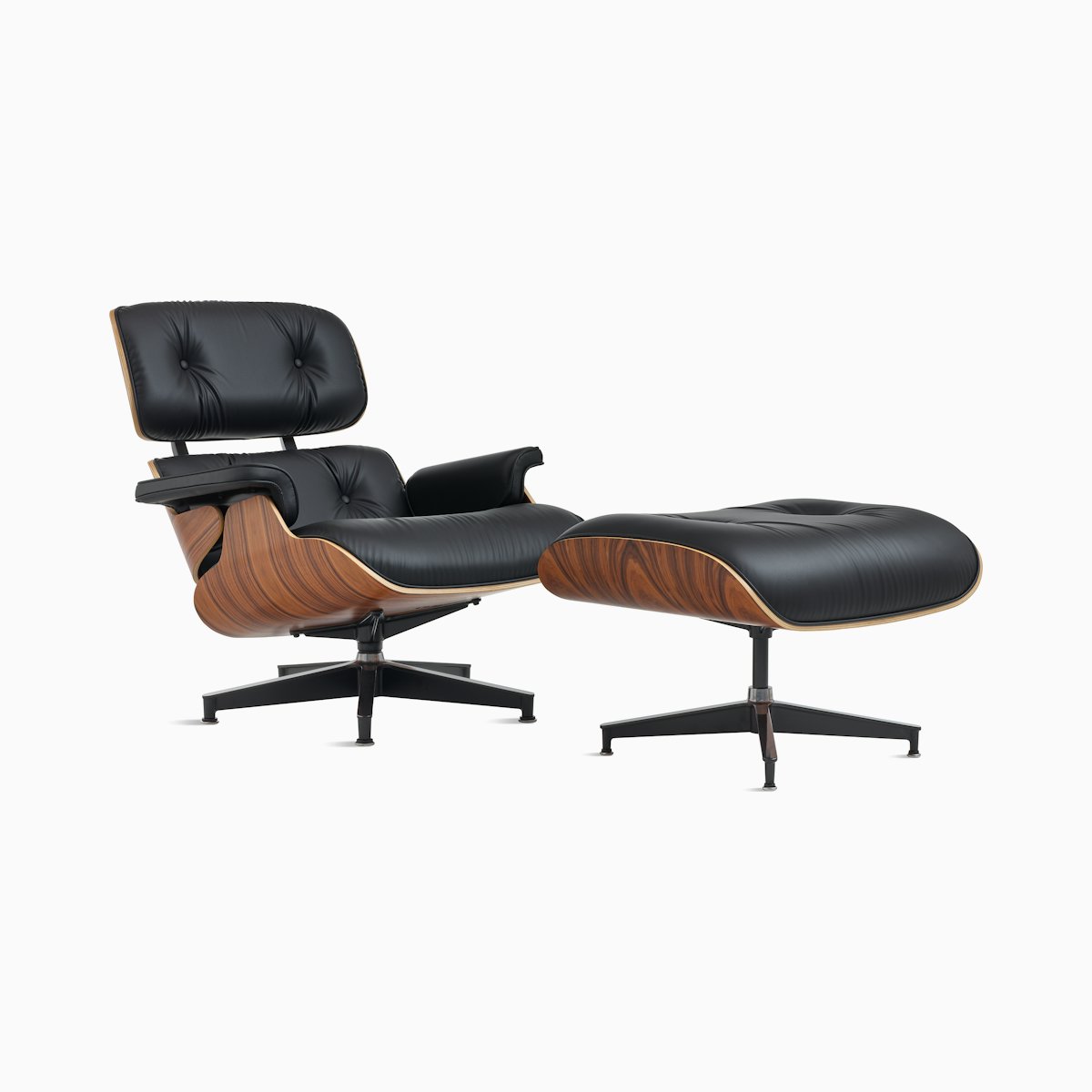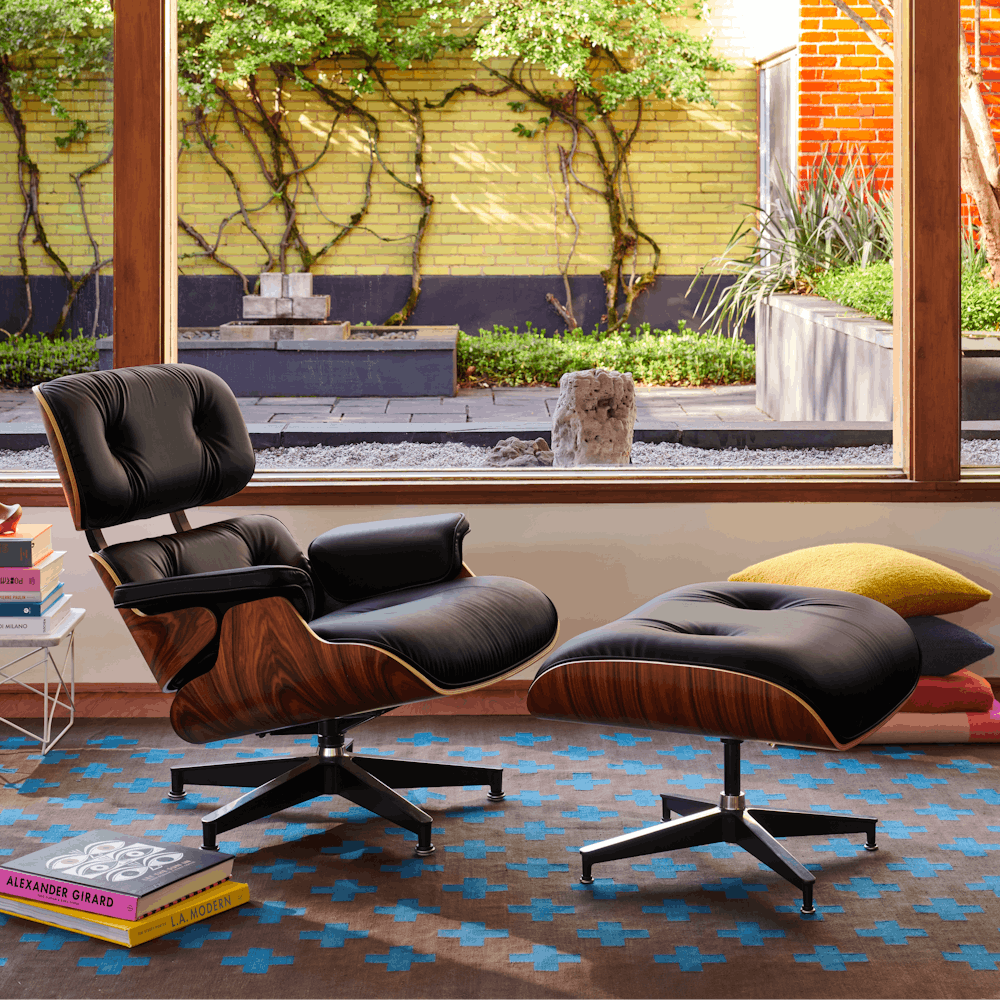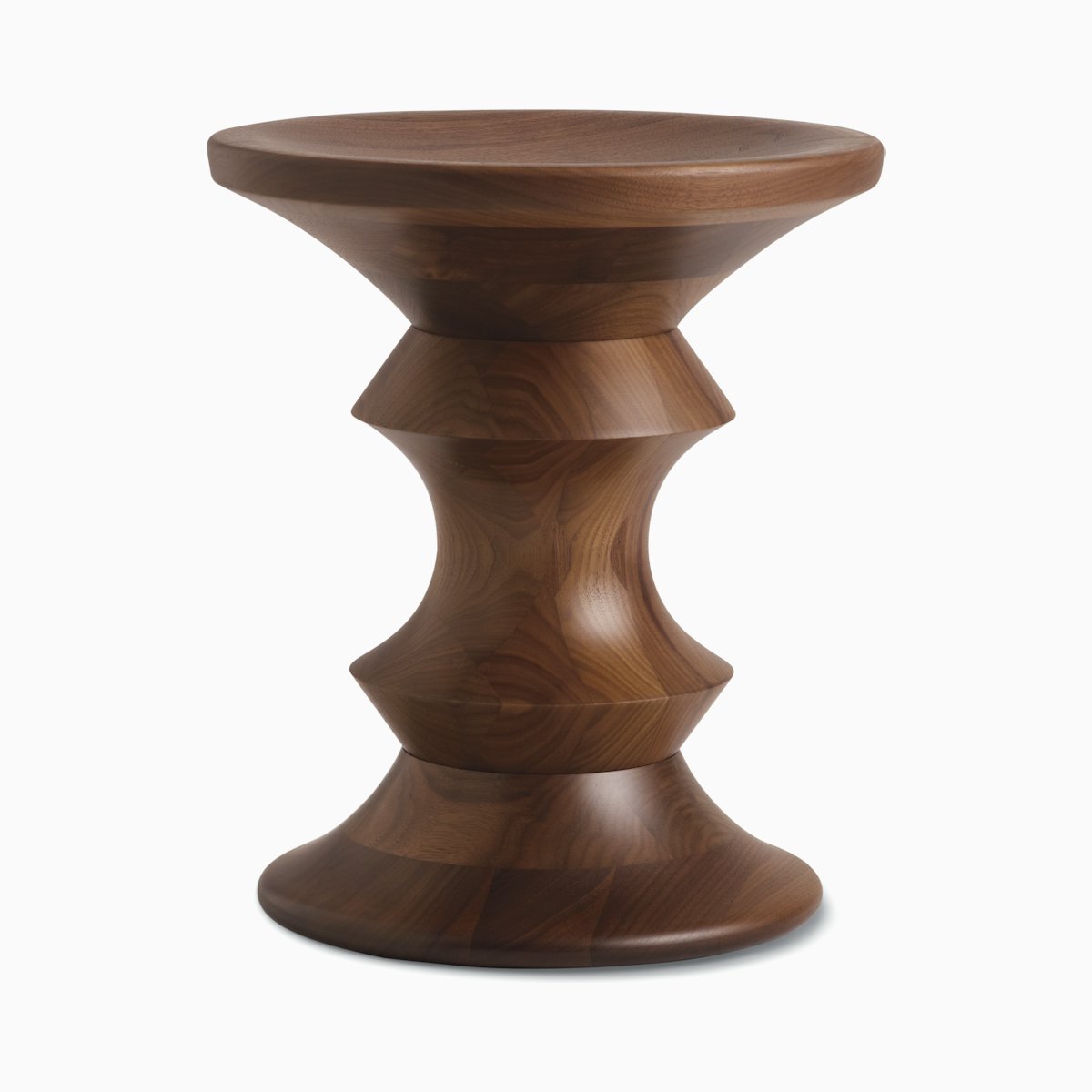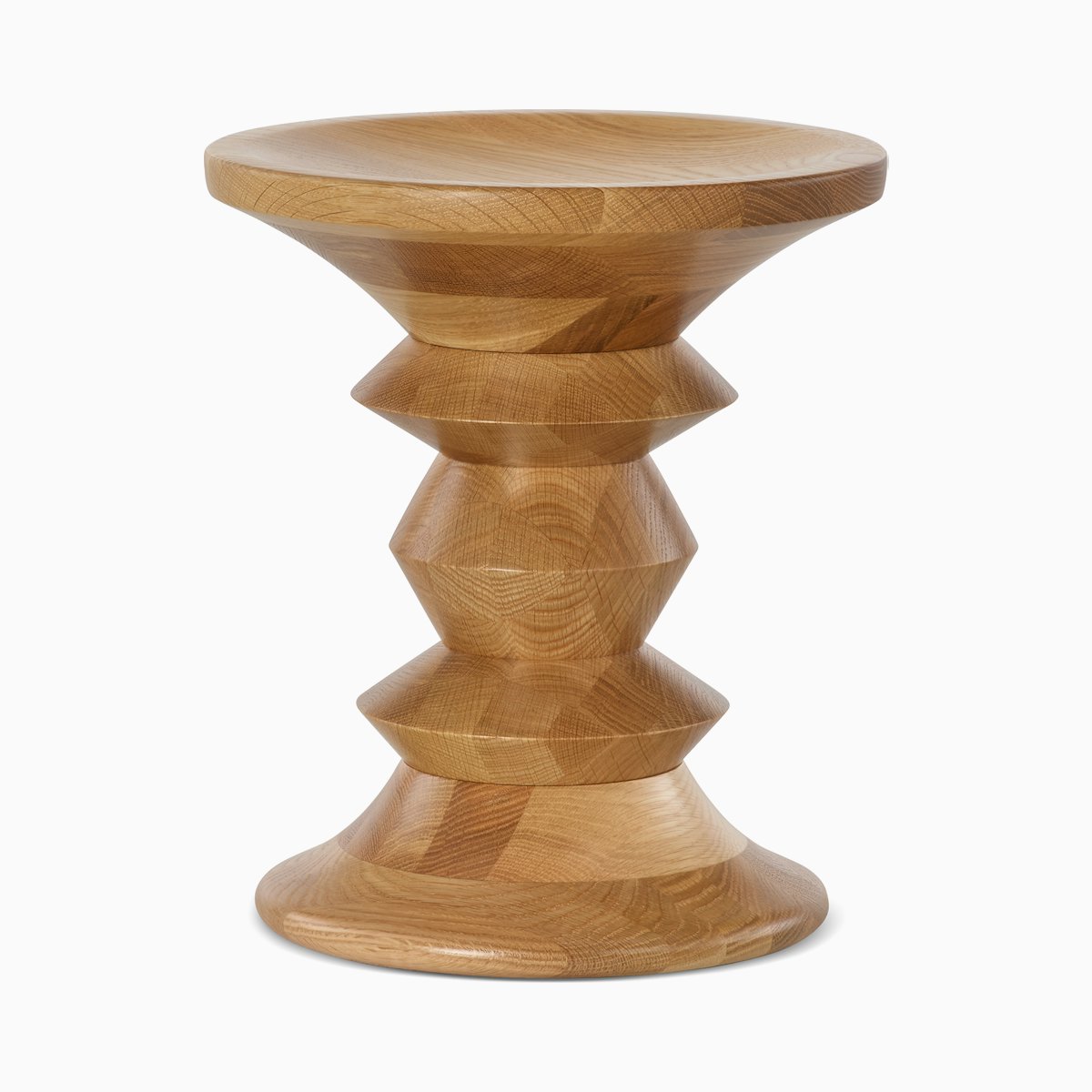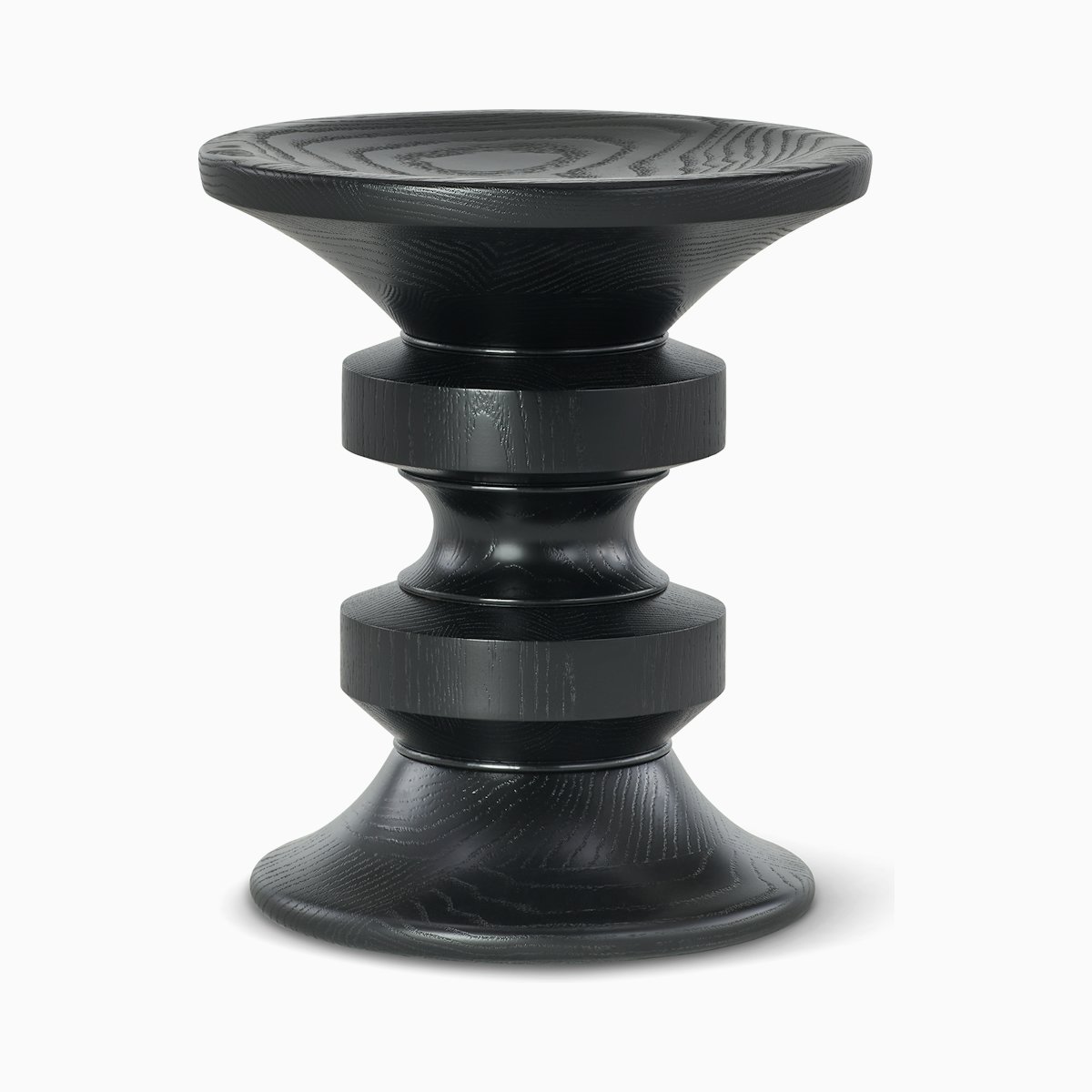Great Ideas Happen Here
In creation, change is inevitable. Taking an idea from nothing to something means transforming intention into action, bringing a vision to reality, resolving constituent parts into a coherent whole.
That doesn’t mean change comes easy – especially for an artist like Rostam Batmangli, the Los Angeles-based former member of the band Vampire Weekend turned independent musician and indie-rock producer who opens up about his relationship to those shifts on his second solo album, Changephobia.
“One of the central themes of this album is being aware of the world around you and your own responses to it,” he explains. “‘Changephobia’ is a response that we all have, but if we're aware of it, then we can be bigger than that.”
Here the three-time Grammy-nominated musician and producer discusses the necessary dissonance of his latest album, the story of his legacy Aeron, and how you can overcome your own “changephobia.”
Why slow and steady wins the race
For me, I often get frustrated with how long it takes to finish something. But on the other side of it, I can't be happy with something unless I take the time to finish it. Maybe my advice would be to be OK with taking the time to finish something.
Keep it fluid to keep it real
I like the fact that my studio is a kind of module, where almost everything can move around. The couches behind me – I can move them in any kind of way. There's a lot of different options.
For inspiring
comfort
Having a workspace is key. I've always needed a place that was my own to make music. There’s actually a weird connection to that in relation to Herman Miller. After I graduated in 2006 and got my first New York apartment, I remember my dad coming to the city and dropping off a chair. It was an old Aeron that he donated to my life, and I've always had an Aeron dating back to that.
The instruments that inspire me
I got a Fender Stratocaster in the middle of 2019; it inspired me to play guitar solos. That was a goal that I had for this record. I was like, “You need to take more guitar solos,” and getting this guitar inspired that out of me. [The sound] is kind of slinky, kind of thin, and has a sort of metallic shine.
And an important component to the sound of the album was how I recorded the baritone sax. I like doing it with two different mics that are about seven to ten feet apart. Some people never put mics that far away from instruments, but that's very much my philosophy: Instruments sound better the farther you get from them. When you put a microphone right up next to a sax, it's very unnatural. Your ear will never be that close to the horn of a saxophone. I believe in mic’ing [instruments] like how you hear them. Like, if you were hanging out in a room and someone was on the other side of the room sitting on a couch. That's what I believe in.
How sax made this album sing
I like how the sax sounded foreign in some ways to a musical palette that I've used in the past that was so inspired by classical music. There are a lot of shared components about classical music and jazz in the way that melodies are constructed – there's an architecture to those melodies. But I know all the rules of classical music and I don't really know the rules of jazz.
Jazz is not so much about rules. It's more about individual style. There are [classical] composers that did idiosyncratic things, but usually within the confines of certain rules, whereas jazz is a much more open system.

On creating a
"big sound"
I fell in love with this Steinway upright piano in the last few years; I'm a big fan of upright pianos. I don't like grand pianos, and I think they're actually very difficult to record and they take up too much space. I played this Steinway on “Back of a Cab” and on “Los Angeles” by HAIM. It has what people call a “big sound,” but not at the expense of the entire mix.
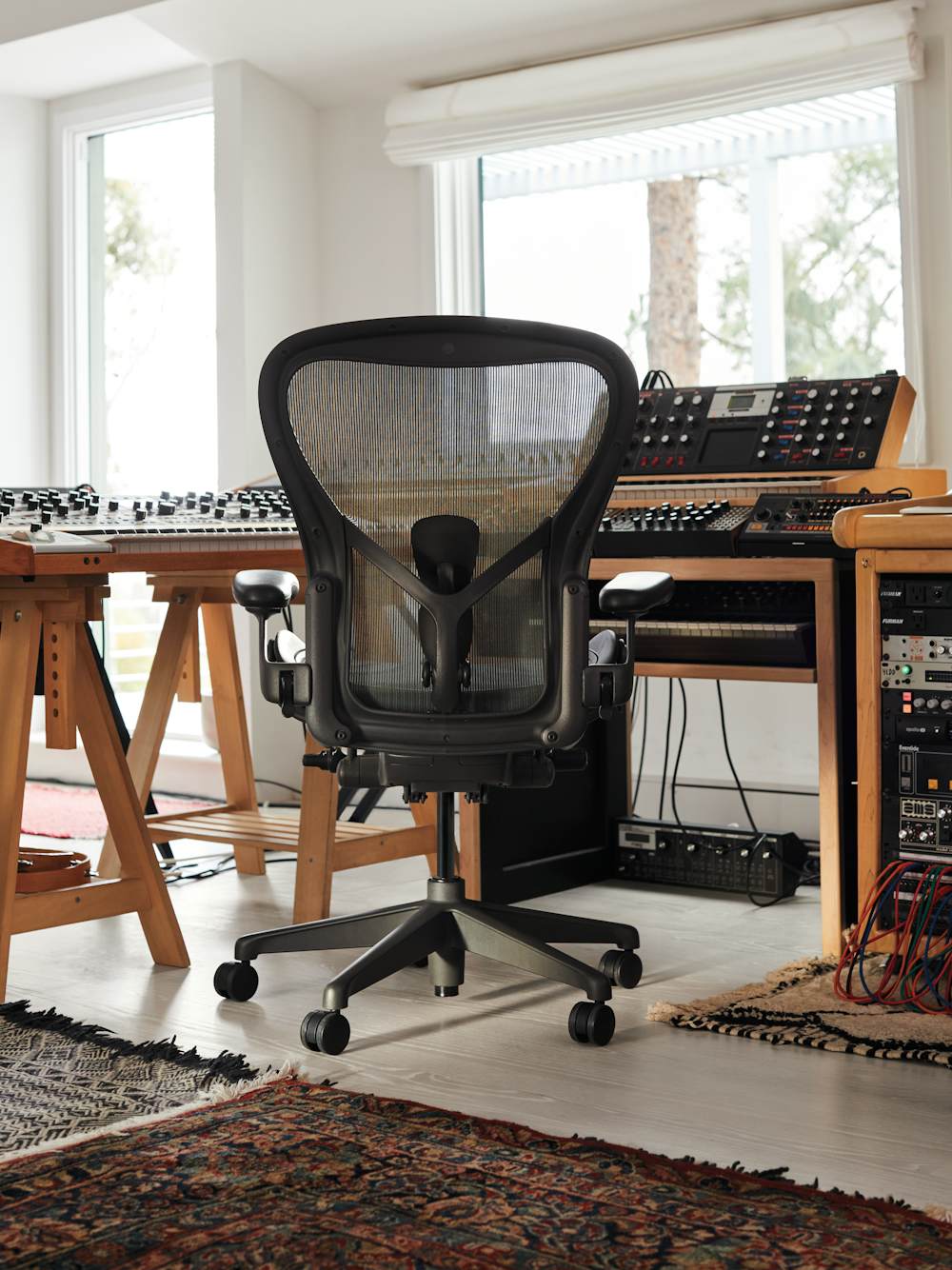
Why I furnished my studio with Aeron Chairs
All the work that I do as a producer, whether I'm collaborating with another producer, or with an artist, is one-on-one work. So, it's nice to have the exact same chair, side-by-side. It – certainly literally and perhaps figuratively – allows you to see eye to eye.

How jazz calmed my “changephobia”
There's a certain chord that I was interested in, it's called a “five seven flat nine.” It's a five chord with a seventh in it and a flat nine. I use that on the songs “Changephobia” and “Starlight.” In classical music, you can have dissonance, but it's very rare that you hang onto a dissonance. It’s always passing and resolving and it needs to resolve in a certain way. In jazz, you can just hold a dissonance; it’s OK to just have it hanging out. I think that creates a very different mood.
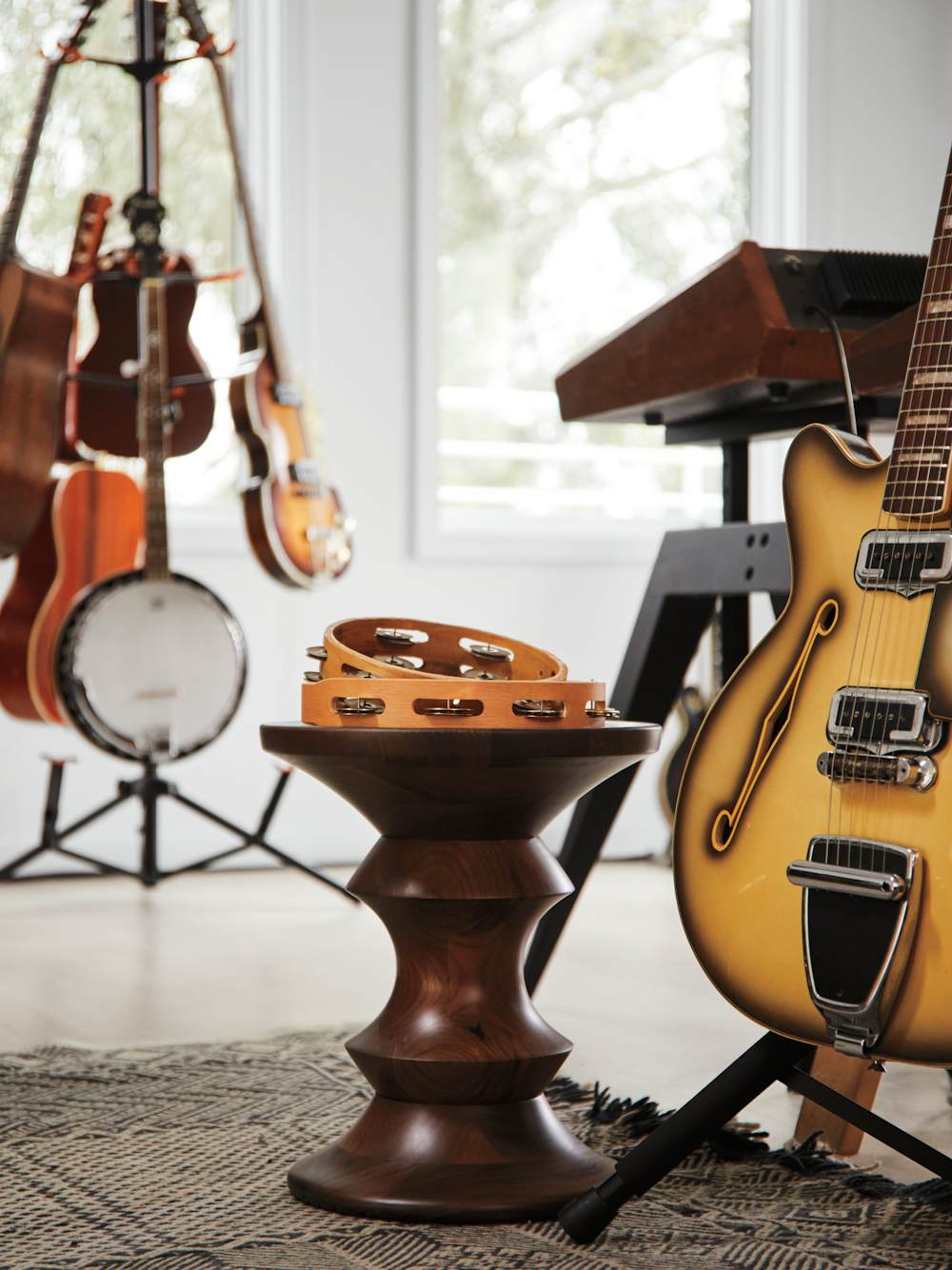
On changephobia versus exploring dissonance
That mood is probably more complex than I can even grasp, but one of the things that I liked about the word “changephobia” is that it conjures this expression “learn the changes,” which, if you want to be a jazz musician, you have to learn the chord progressions for 50 to 100 standards, maybe more, and you have to learn how to improvise over those chord progressions.
So, on this record, I wanted to write chord progressions that were different than the ones that I had used throughout my career. I was pushing myself to make a change and to use new changes.
View



